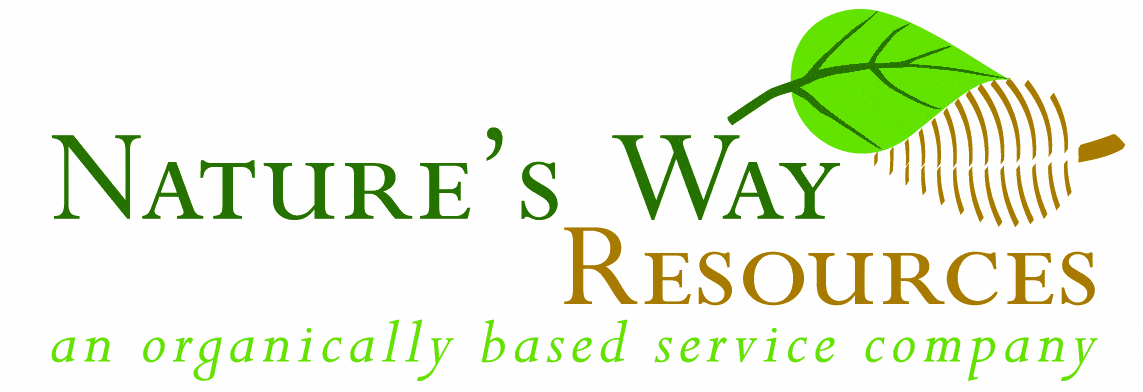TOP TIPS FOR SEED SAVING IN THE HOUSTON AREA
By Becky Lowicki, Harris County Master Gardener

Seed saving can be one of the most rewarding gardening experiences providing the opportunity for hands-on growth – from seedling to production – of something started on your very own. Best of all – it’s free and the process is relatively easy. That said, these tips will to help ensure the best results.
• Timing is everything After identifying healthy plants, check for seed in the bloom. Collect seeds when ripe. If necessary, wrap/bag seedpods to prevent seed loss as it. Remove blossoms. If seeds drop easily, include part of stem. Extract seeds in a bowl or on a paper towel. Some seeds form inside pods that crack open when dry. Citrus seeds should not be dried immediately (see wet processing below).
• Dry processing seeds Let seeds dry in warm place a few days. Shake pods or stems to release. Separate seed from chaff. Seeds will ripen over time. When dry, seeds are ready to plant or store.
• Wet processing seeds from pulp (fruit, tomatoes, etc.): Remove seeds from ripe fruit. Ferment seeds by submerging in water 2-3 days. Drain, wash and dry on waxed paper.
• Seed storage Store seeds in a paper packet. Label with storage date and description. Place packets in a plastic bag or container. Refrigerate until ready for use. Prevent seeds from becoming moist until planting. Check for dormancy, which is how some plants stop seeds from germinating when conditions become unfavorable for growth. • Wake up! Overcoming dormancy: While not an issue with all seeds, resolve dormancy with heating pads or refrigeration to provide heat or cold needed for seed germination. Plant seeds in shallow soil or even on soil surface to overcome dormancy for plants that require light to germinate and vice versaplanting deeply or covering with a paper towel or cloth those seeds that need darkness to germinate.
• Scratching or filing the seed’s surface allows moisture absorption so germination can begin in seeds with hard seed coats. For some plants simply soaking seeds is all that’s needed.
• Expect the Unexpected New plants produced from “collected seeds” may not have the same characteristics as the parent plant. Often more variability appears in collected seeds than commercially produced seeds-often yielding something new and your very own creation! Have fun! Enjoy experimenting with different types of seeds to see true magic in your garden.
– Green thumbs up to Linda Persse, Harris County Master Gardener, who provided good dirt for this article.

